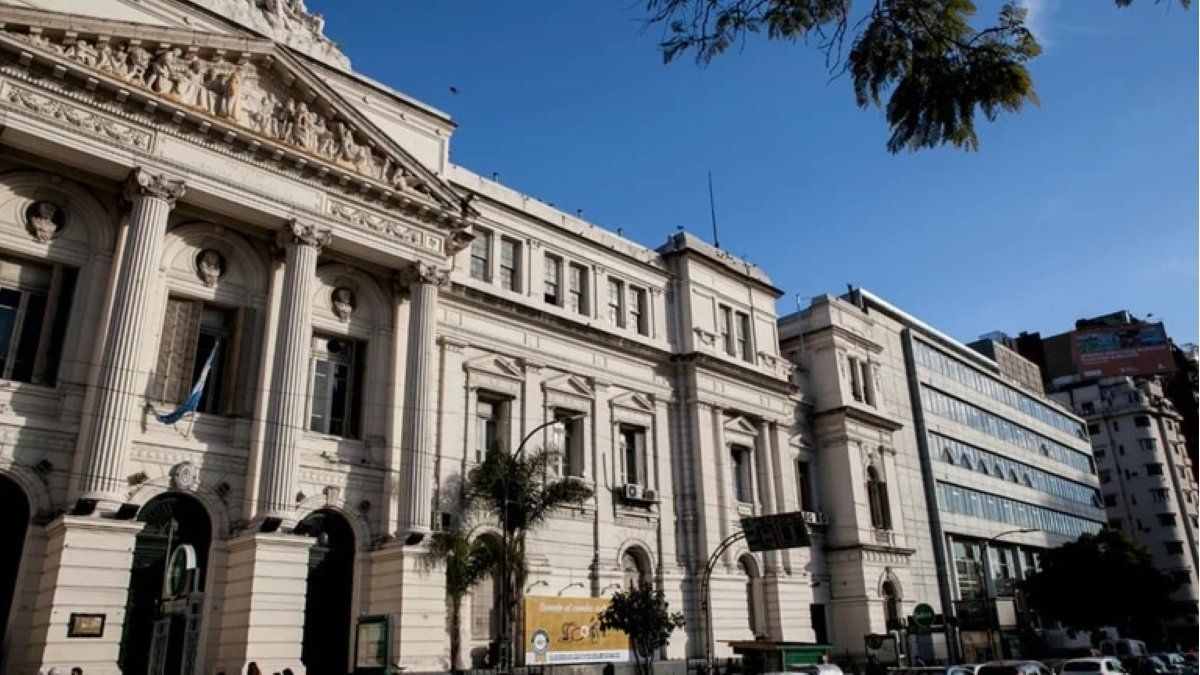The acceleration of inflationwhich already exceeds 100% YoY, shows a growing concern in the academy. In the universities, the papers, seminars and discussions on what to do. Even with nuances, there is considerable consensus between orthodoxy and some sectors of heterodoxy on the need to apply a stabilization plan, outside of ideas such as dollarization. However, the success rate is less than 30%, according to a study carried out by three researchers from the UBA based on what happened in 13 Latin American countries, between 1970-2020.
In the last week, the University of San Andrés (Udesa) held a seminar organized by the economics department, in which he was a guest Ivan Werning, Argentine macroeconomist from MIT (Massachusetts Institute of Technology), based in Boston, United States. There he presented his last paper “Inflation is conflict” (inflation is conflict), which was congratulated by Nobel Prize winner Paul Krugman, and criticized by Javier Milei.
Broadly speaking, the paper argues that a direct cause of inflation is conflict, a disagreement over relative prices, or what in Argentina is called “distributive bid”. But also, he stresses that the bid is not immutable to monetary policy, be it the amount of money, interest rates, and expectations, and that there must also be policies in this regard, because they influence inflation.
in dialogue with Ambit, George Baldricha professor at Udesa, considered that there is a coincidence in the mainstream economic, whether in neoclassicals and some neo-Keynesians, in which the solution to lower inflation is to apply a stabilization plan. “We had a successful experience that was the Austral Plan, which later failed when Ricardo Alfonsín was approaching the midterm elections. But at that moment I remember that economists from the Treasury of Israel came, and they applied a stabilization plan, where they simultaneously attacked the fiscal deficit, expectations, inertia and the distributive bid, and it lasts until today”.
In the Faculty of Economic Sciences of the University of Buenos Aires (FCE-UBA) activities in the same sense are also observed. A few weeks ago, the first meeting on stabilization plans began, organized by the Interdisciplinary Institute of Political Economy (IIEP), which depends on the UBA, where executors of the Austral Plan, implemented in 1985-1986, were present.
IIEP sources commented that in FCE of the UBA “There is no doubt that there has to be a stabilization plan” that it be comprehensive, and the nuances lie in what are the necessary conditions for it to be successful, given that there is a consensus that these conditions, neither economic nor political, currently exist. “Some in the academy no longer discuss causes and solutions but rather the design and timing, which will depend on the December 10 photo,” said an IIEP researcher.
In addition, this week the IIEP presented the seminar “Stabilization Plans: evidence from Latin America”where the researchers exposed Gabriel Palazzo, Martín Rapetti and Joaquín Waldman. They presented the main conclusions of a paper that they are about to publish about the results of 46 stabilization plans applied in 13 Latin American countriesin the period 1970-2020.
They agree that ending the inflationary process Argentina is facing requires applying a stabilization plan, although their database shows that the success rate was less than 30% of the attempts. Of the 46 attempts, 26 failed, without having reduced inflation even momentarily. Another 8 had an initial reduction that was reversed some time later, and only the remaining 12 managed to deflate permanently. So while a 26% of the cases were lastingly successful, the remaining 74% failed, early or late.
Broadly speaking, in their conclusions they indicate that the successful plans had as “indispensable” fiscal order, given that they observe a positive relationship between higher fiscal and current account surpluses at the time of launching the plan. In addition, another characteristic of the successful disinflationary processes was associated with a nominal exchange rate stabilizationand to an appreciation of the real exchange rate, giving rise to the deterioration of external accounts. The good news: those that are successful grow, after launch, at a rate of 3.8% year-on-year in the following 5 years.
In the same line, Haroldo Montaguformer Vice Minister of Economy (2019-2021) and current academic coordinator of the Phoenix PlanI consider that “There is a consensus among some heterodox economists” that a stabilization plan is needed. However, he was of the opinion that a central challenge must be taken into account: “It has to have the least distributive impacts, you cannot launch a shock with permanent damage to the income capacity of workers and popular classesThat is why it is important to add a price and wage agreement as a characteristic, so that there is room for recomposition”.
Source: Ambito



